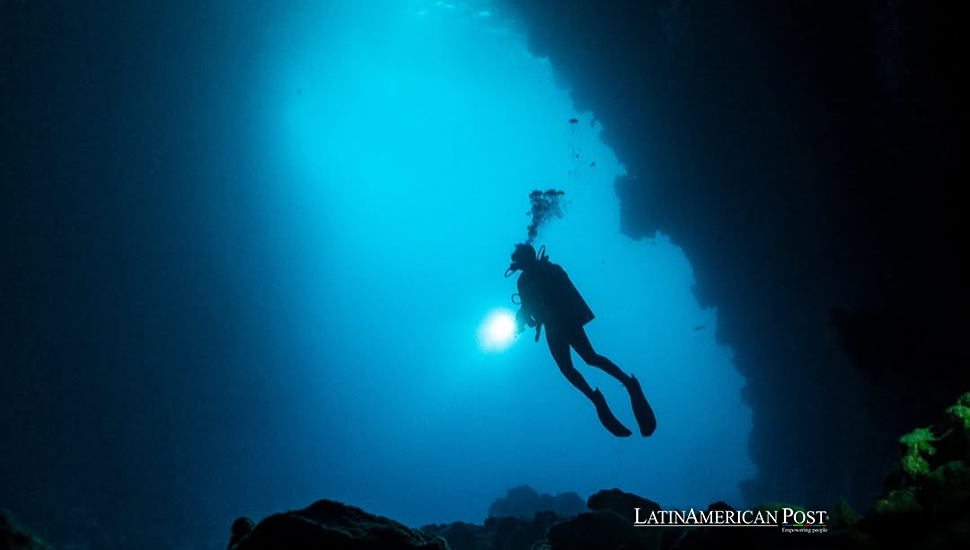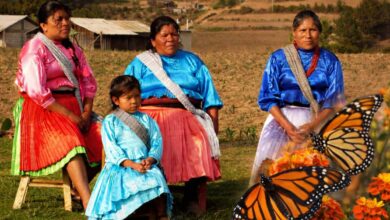Scientists Protecting Ecuador’s Galápagos from Scuba Diving Impact

The Galápagos Islands, Ecuador’s crown jewel and a UNESCO World Heritage Site since 1978, are a magnet for divers and nature enthusiasts alike. But as scuba tourism booms, a dedicated team of scientists works tirelessly to preserve this underwater paradise from potential harm.
The Allure of Galápagos Waters
Picture yourself slipping into the Pacific’s crystal-clear waters, surrounded by a vibrant array of fish, gliding rays, and majestic sea turtles. The Galápagos Islands, beneath the surface, unveil a mesmerizing world that few places on Earth can match.
The Galápagos Marine Reserve (GMR) is a vast expanse, covering 143,000 square kilometers. It’s one of the largest marine protected areas globally and a biodiversity hotspot with over 3,700 documented species. Among them, 25% are endemic, meaning they can’t be found elsewhere. The playful Galápagos sea lions and fur seals are just two examples of the unique creatures that call these waters home.
“This marine reserve is amazing,” says Nicolás Moity, a senior marine ecologist at the Charles Darwin Foundation (CDF). “Every year, thousands of visitors travel here to see its wonders through diving and snorkeling.”
But people in this fragile environment bring dangers. Tourists accidentally damage coral reefs, bother sea creatures, and disturb natural behaviors. CDF scientists have examined ways to reduce these effects since 2012. They look for solutions to let people enjoy this underwater treasure.
Balancing Science and Scuba
Protecting the Galápagos’ waters isn’t just about imposing restrictions; it’s about understanding the balance between enjoyment and preservation. The Charles Darwin Foundation, in collaboration with the Galápagos National Park Directorate (GNPD), is at the forefront of employing research-driven strategies to achieve this balance. Their efforts give us hope for the future of this underwater paradise.
This research studies how visitors act and how marine ecosystems change and sets rules for guides and tourists. Divers should avoid touching sea creatures or corals. They need to keep a safe distance.
The GNPD set up a Marine Monitoring Protocol. This system tracks ecosystem changes, species actions, and visitor patterns. These insights are used to refine guidelines and improve tourism management. “Marine conservation often gets overshadowed by efforts on land,” Moity notes. But what happens underwater is just as critical, and we need to remain vigilant.”
Changing Behaviors Underwater
A decade ago, things looked very different in the Galápagos. Research from 2012 revealed that many divers didn’t follow best practices, often getting too close to animals or damaging fragile coral reefs.
“The early days of diving tourism here were pretty chaotic,” recalls Moity. Diving as a tourist activity in the Galápagos took off in the 1980s, driven by demand rather than careful planning. Safety briefings often discussed technical skills. They seldom mention ecological awareness. This missing preparation resulted in harmful actions. Conditions like strong currents made problems worse. CDF and GNPD saw the need for a new approach. They started workshops to teach guides and visitors.
Today, the difference is palpable. Tourists now receive clear instructions about how to interact responsibly with marine life, and guides have more tools to explain why the ecological areas they visit are important. Moity says, “The workshops have had a very big effect.” Visitors show much more respect now, and guides help a lot in creating this awareness.
A Precious, Fragile Paradise
Diving in the Galápagos isn’t just a recreational activity—it’s an encounter with one of nature’s most extraordinary creations. Every sea turtle, shark, and reef shows the strength and beauty of life. But this beauty comes with a duty. The Galápagos Marine Reserve teaches us that even the most beautiful places are open to danger from people. Science, education, and working together help Ecuador’s underwater wonders stay rich in life for many years.
Also read : Paraguay’s Bold Bid to Become a South American Tech Power
Scuba diving excitement blends with the need to protect the Galápagos, giving hope that sustainable tourism really exists and is not just a dream. The challenge now lies in keeping this careful balance as more people worldwide grow interested in these magical islands. The balance is delicate, but it’s essential.





